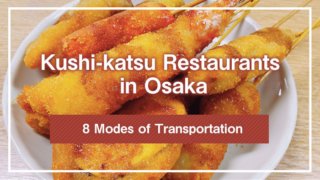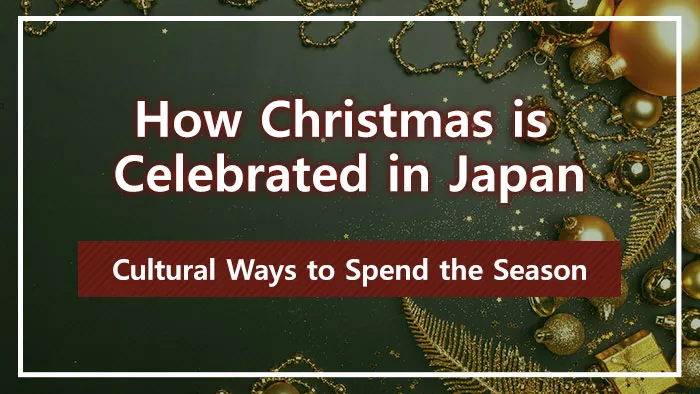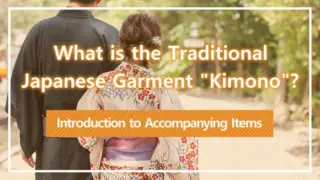In Japan, Christmas is cherished not as a religious occasion but as a festive winter event that colors the season. The sight of twinkling illuminations in the streets and families gathered around cakes and chicken has become a quintessential symbol of Japanese winters.
Christmas celebrations in Japan began when Ginza shops decorated their show windows, leading to the spread of traditions like exchanging gifts at home and spending time with romantic partners and friends. Today, it has gained popularity among both domestic and international tourists as a celebration that anyone can enjoy, regardless of religious affiliation.
This article introduces how Christmas is celebrated in Japan. Travelers visiting Japan during the Christmas season should use this as a reference.
1. How is Christmas Celebrated in Japan?
Christmas became popular among the general public in Japan around the end of the Meiji period, when Ginza shops began decorating their stores, giving rise to customs of enjoying gifts and cakes.
In present-day Japan, Christmas is beloved as a major winter event rather than a religious occasion. Cities are enveloped in a festive atmosphere with illuminations and Christmas markets held throughout urban areas.
1-1. How People Spend Christmas in Japan
In Japan, many people spend Christmas Eve as a special evening. Hotels and restaurants see popularity in dinner courses designed for couples and plans offering night views. Exchanging gifts with romantic partners and spending special time together has become part of the culture.
On the other hand, many people also host parties with family and friends, spending lively time gathered around chicken and cake. In households with young children, the custom of parents dressing as Santa Claus and leaving presents by the bedside continues. Many shops and facilities remain open even on Christmas Day itself, and the entire city is bright and bustling with energy.
2. Is Christmas a Good Time to Visit Japan?
From December through January, Japan experiences clear, crisp air and frequent sunny days. Particularly in Pacific-side regions, dry and sunny weather continues, providing ideal conditions for exploring cities and sightseeing.
Conversely, areas along the Sea of Japan and northern Japan receive heavy snowfall during this period, offering a precious opportunity to experience a white winter wonderland. Mountainous regions such as Nagano and Hokkaido feature world-renowned ski resorts where visitors can enjoy onsen (hot springs) as well. The experience of soaking in hot springs amid the cold is a distinctive charm of Japanese winters.
Additionally, beautiful illuminations are held throughout urban areas, making it perfect for evening sightseeing. Winter in Japan is a season that warms visitors’ hearts, wrapped in clear air and fantastical lights.
3. Are Shops and Restaurants Open on Christmas in Japan?
In Japan, Christmas is not a national holiday.Therefore, even on Christmas Day, many restaurants, shops, and tourist attractions operate as usual. In major cities, shopping malls and department stores hold Christmas-exclusive sales and events, creating bustling scenes.
Many restaurants prepare seasonal limited Christmas menus and course meals, with popular establishments receiving concentrated reservations. Illumination spots, theme parks, and outdoor Christmas markets also remain open, offering abundant events that can be enjoyed into the evening.
Since Christmas in Japan is established as entertainment and a seasonal tradition rather than a religious observance, it is an attractive time for travelers when the entire city overflows with energy.
4. Christmas Dinner in Japan
While Christmas dinner in Japan varies by household, the most common elements are “fried chicken” and “Christmas cake.” Both differ from traditional overseas holiday dishes and have become established as unique aspects of Japanese food culture. Christmas in Japan is festive, with family and romantic dining tables filled with smiles.
Here, we explain the chicken and cake eaten in Japan at Christmas.
4-1. Enjoying KFC Chicken
In Japan, the image of “Christmas = KFC (Kentucky Fried Chicken)” has become completely established. An advertising campaign launched by KFC in the 1970s was the catalyst, and at that time, since Japan lacked a culture of cooking turkey at home, easily accessible chicken gained popularity as a substitute.
Currently, KFC locations offer Christmas-exclusive “Party Barrels,” with reservations starting several weeks in advance. Colonel Sanders statues dress in Santa outfits, adding a special atmosphere to the streets, and lines form to pick up orders on the day itself, showing its immense popularity.In Japanese households, gathering around chicken with family and friends to spend warm time together has become a regular tradition.
4-2. Celebrating with Christmas Cake
When it comes to Japanese Christmas cake, it’s the shortcake featuring fluffy sponge layered with fresh cream and decorated with fresh strawberries. This cake, light, not too sweet, and visually gorgeous, has become the dessert that symbolizes Christmas in Japan.
In contrast to traditional Western Christmas puddings and fruitcakes with their rich, heavy flavors, Japanese cakes are soft with an appealing lightness that anyone can enjoy. From late November, many patisseries begin accepting advance reservations, with diverse variations including chocolate and mont blanc styles appearing as well. In households, families gather around cake after dinner, enjoying a festive moment that caps off the year with calls of “Merry Christmas!”
5. Does Santa Visit Japan?
In Japan too, many children believe that Santa Claus delivers presents on Christmas night. While in the West Santa Claus is said to enter homes by descending chimneys, few Japanese households have chimneys, so it is believed that Santa appears magically to leave presents. Children eagerly anticipate Christmas Eve by hanging stockings or writing letters.
Santa Claus has been warmly embraced in Japan as “a culture that delivers smiles to children.”
6. How is New Year Celebrated in Japan?
New Year (Oshogatsu) in Japan begins on January 1st, when many people take time off work to spend with family. New Year is an important occasion for welcoming the Toshigami-sama (New Year deity), and is Japan’s largest annual event for praying for health and happiness. The sights of first shrine visits (Hatsumode) and gathering around traditional dishes called osechi are unique to this season.
6-1. Japan’s Unique New Year Traditions
New Year in Japan is a special period where old customs harmonize with modern culture. Many people go out for Hatsumode starting on New Year’s Eve, praying for good fortune in the new year at shrines at midnight. Many people also head to coastlines or mountain peaks to witness the Hatsuhinode (first sunrise) with the rising sun. These are important customs for welcoming the beginning of a new year with pure hearts.
January 1st through 3rd is called Sanganichi, and many businesses and stores close during this period. Families spend this time leisurely together, savoring osechi-ryori and ozoni. Additionally, children look forward to receiving otoshidama (New Year’s money) from relatives.
Japan’s quiet and solemn New Year, in contrast to the festive Christmas, has been passed down as a time to center one’s spirit.
Conclusion
Christmas in Japan has developed as a unique culture while incorporating Western traditions. It is characterized by the coexistence of homey warmth gathered around KFC chicken and strawberry shortcake with the festive brilliance of illuminations decorating the streets. In Japan, it is embraced both as a romantic evening spent with romantic partners and as a lively family celebration.
Meanwhile, the quiet and solemn New Year observances await after year’s end, making it a period where one can sense the seasonal transition even amid the festivities.
Winter in Japan can be called a special season where one can enjoy both the contrasting cultures of Christmas and New Year celebrations. For international tourists visiting Japan, it is surely an attractive period to experience Japan’s diverse winter landscapes and the warmth of its people.
*This article is based on information available as of October 2025.





















